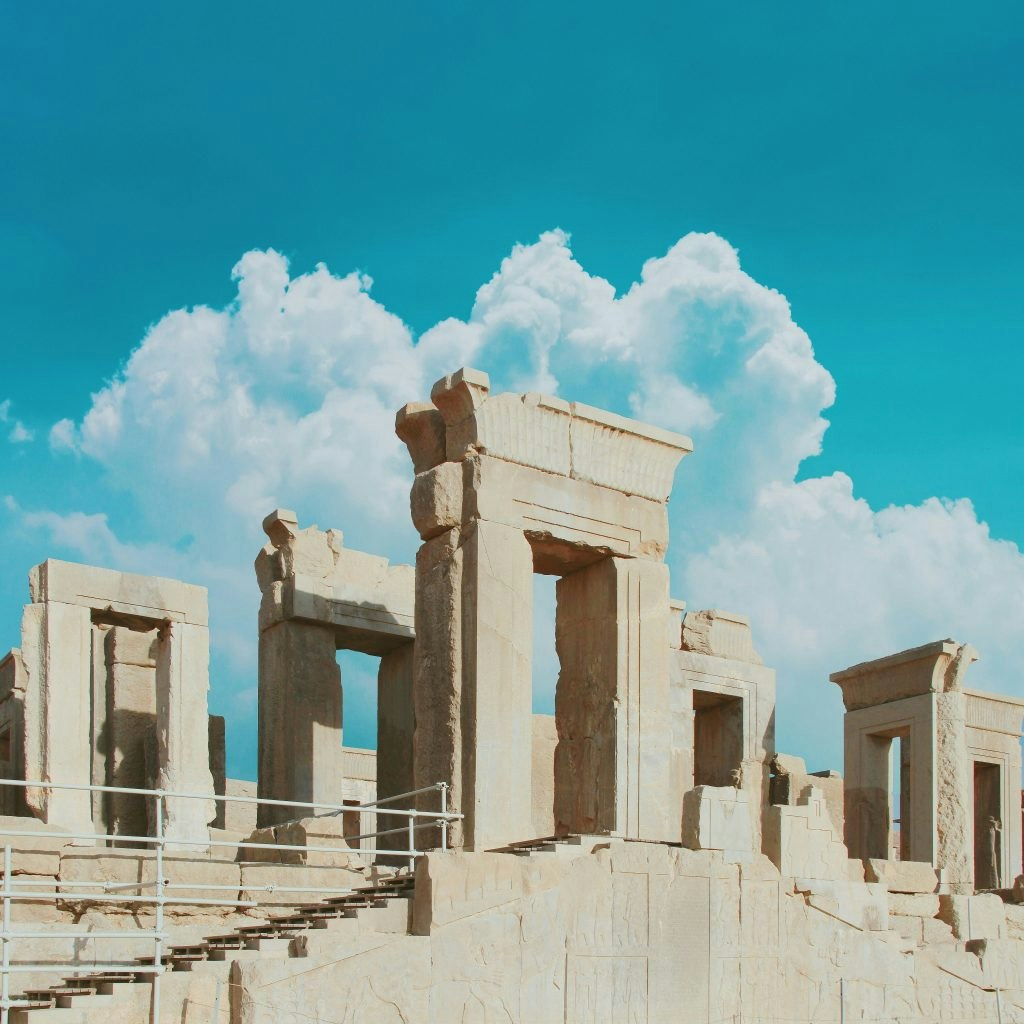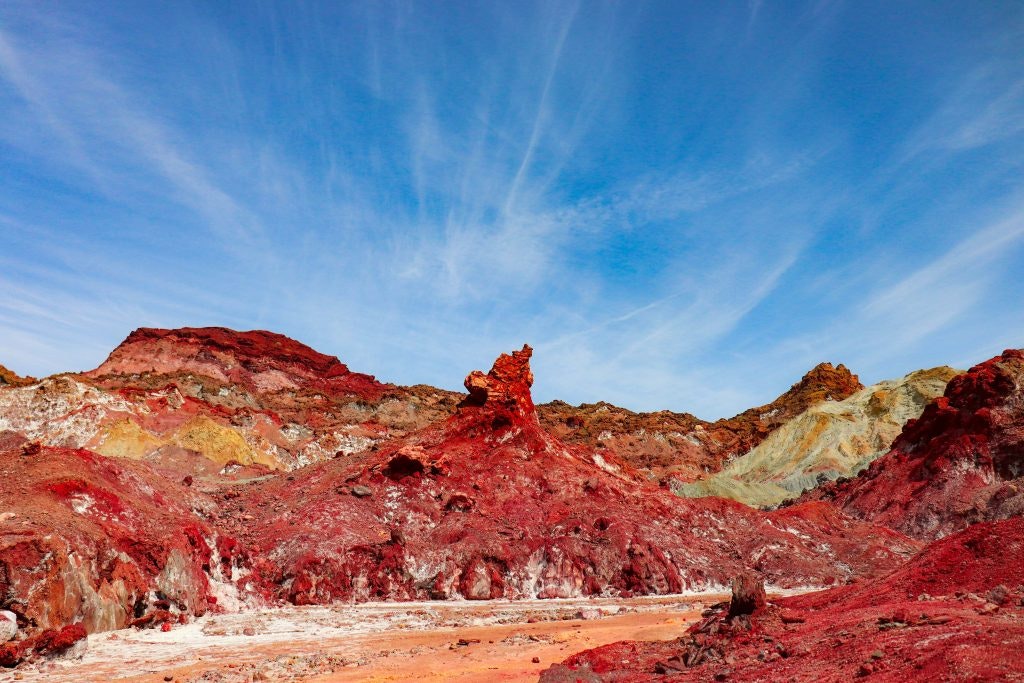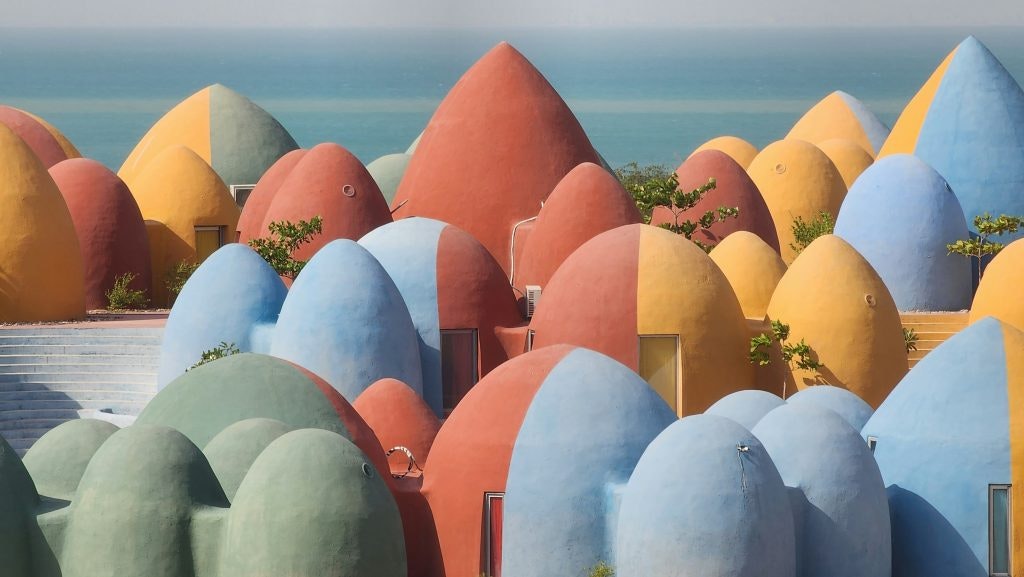







Iran is officially the Islamic Republic of Iran. Though some may choose to focus on its more recent events in the long history, such as the Iranian Revolution (also known as the Islamic Revolution) or the Iran-Iraq War and international sanctions, there is much more to learn. Due to the region’s strategic position, Iran was the starting point of the Persian Empire and was part of the historic Silk Road.
Tehran is Iran’s capital, located in Northern Iran and close to the scenic Caspian Sea. Southern Iran offers up sea views to tourists with its coasts along both the Persian Gulf and the Gulf of Oman.
| Key Facts About Iran | Details |
| Population(2025) | 92,417,681 |
| Official Language | Persian |
| Currency | Iranian Rial |
| Capital | Tehran |
| Area | 636,372 sq mi(1,648,195 km2) |
| Main Religion | Islam |
In this article, we uncover nine unbelievable fun facts about Iran. We’ll highlight its UNESCO World Heritage Sites, the Persian Empire’s significance, and the (literally) colorful Hormuz Island.
Discover UNESCO World Heritage Sites in other parts of the world!
The Supreme Leader is the highest-ranking political and religious authority in Iran, with significant influence over the armed forces and the Islamic Revolutionary Guard Corps, which was established after the Islamic Revolution.
Today, the vast majority of Iranians are Muslim, making up over 99% of the population. Of this number, 90-95% are estimated to be Shia Muslims.
Giving the middle finger is not something you’d want to do in a foreign country, especially when you don’t know how much trouble it will cause you. Unfortunately, the thumbs up gesture that we all consider to be an indication that things are good, is incredibly offensive in Iranian culture.

The ancient ruins of Persepolis in Iran, showcasing the grand stone columns and intricate carvings of the former capital of the Persian Empire.
The Persian Empire (approx. 559 BC–331 BC) was one of the most powerful on Earth, at one point encompassing Egypt, Turkey, modern-day Iran and parts of Afghanistan and Pakistan. The Persian Empire, also known as the Achaemenid Empire, was initially led by Cyrus II, later known as Cyrus the Great.
The empire united the sites of three ancient civilizations: Mesopotamia, the Nile Valley of Egypt and the Indus Valley of India. The empire eventually fell after the Persians were defeated by Alexander the Great.
Historical sites from this period include the ancient capital city of Persepolis, located in southwestern Iran. The ruins of the temple complex from 518 BC still exist here, giving visitors a glimpse into life in this ancient world.
Iran is in the top 10 list of countries with the most UNESCO World Heritage Sites on Earth, with 27. Listed by number, the top 10 is:
(March 2025 update, with the latest data available from July 2024)
The term “assassin” comes from the Hashishin who operated in Iran in the 11th and 12th centuries. This group of killers, who resided in the mountains in Iran, targeted specific enemies rather than going to war.
Due to the methods and skill of this Order of Assassins, as they have also been referred to, we still use the words “assassin” and “assassination” today.

Rainbow Valley: This valley, surrounded by colorful peaks conjures images of Rainbow Mountain in Peru.
Iran’s Rainbow Island is called Hormuz Island, located in the Strait of Hormuz near the Persian Gulf. This location in the Middle East offers a variety of geological and architectural attractions. Things to see include:

Majara Residence, designed by Tehran-based architecture studio ZAV Architects.
There are accounts claiming that the first ancestors of the Persian cat were imported from Khorasan (a historical region in the Iranian plateau) to Italy in the 1600s. However, this is difficult to prove. The general consensus is that these longhaired, short-nosed felines were exported from Afghanistan and Iran in the 1800s, though its history before this is disputed.
It has been illegal to sell and consume alcohol in Iran since the 1979 Islamic Revolution but the demand for it persists in Iranian society, giving rise to smuggling and bootlegging operations. This can be dangerous as it is an unregulated industry and bootlegged alcohol has killed people as recently as 2024.
The Iranian calendar is completely different to the Gregorian calendar used in the West. The Iranian calendar starts on the midnight closest to the northern spring equinox and is calculated based on observations from Tehran, rather than based on rules, like the calendar most of us use today. Due to this, it can be difficult for outsiders to figure out and calendar converters can be found online.
💡 Want more trivia?
Browse all Fun Facts articles.